(Photo: From Neighbourhood Futures Festival hosted by CIVIC SQUAREin 2022)
The theme for Week 3 of the Season of Creation is tending. This reflection is offered as a response to a question that was posed at the Neighbourhood Futures Festival here in 2022. The question: What if we saw the neighbourhood as a garden to tend?
Tending As Learning to Become Neighbours on Purpose, ABCD style
In August 2015, after finishing a PhD and living in student accommodation for five years, our family made the transition with another family to move into the same neighbourhoood with the intention of getting stuck in. Over time, our two households along with other near neighbours came together to form an expression of a placed-based Christian collective called Companions for Hope.1 We eventually landed with a two-part tagline to distill our shared vision: "cultivating abundant community from the ground up, by being neighbours on purpose."
The patch where we have lived for nearly 10 years is known by different names and landmarks. In terms of the C of E parish system, we are in the Summerfield parish. In terms of recently rejigged ward boundaries, we are in N. Edgbaston, between Ladywood and Soho. I just usually locate us by saying we live by Edgbaston Reservoir, or by the postcode, B16.
Arguably, B16 is most known for its great diversity. When we moved here and our youngest child switched primary schools, we were astonished to find out that in her new primary school of just two hundred students, forty-four languages were spoken! At the school gate, I was more likely to hear Polish, Romanian, or an African language than English. Also, the second largest men's prison in England, HMP Birmingham, is located just on the edge of our parish/neighbourhood, and as a remand prison, many prisoners are released to resettle in the local area. These are just two examples of the social and cultural diversity in and around Summerfield. Here, variety and difference run rampant — and sometimes, unfortunately, that diversity suffers from lack of dialogue and division.
Soon after relocating to Summerfield, another event took place whose effects were felt not only in our neighbourhood, but also throughout the nation and across the world: I am talking about the UK European Union membership referendum that would kickstart the process known as Brexit. One of the side effects of the "Brexit vote" was bringing to the surface the resentment and even hate towards immigrants and foreigners — two people groups that Summerfield has in abundance! As foreigners and recent relocators ourselves, we began to share meals with neighbours and have conversations with locals about life in the neighbourhood. We soon realized that you do not just drift into being neighbours in a place as diverse as Summerfield. It requires intentionality to make the shift from 'accidentally' living on the same street to being neighbours on purpose.
So, with the support of Rabiyah Latif at Near Neighbours and a little help from our newfound friends at Christ Church Summerfield, the Summerfield Residents Association, and what was then called The Real Junk Food Project Birmingham, we hatched a little plan called 'Neighbour Night.' The concept of Neighbour Night was simple and twofold: connect people around (1) food and (2) how their gifts, passions and skills can be shared.
Since October 2017, on the first Wednesday of every month, we invite neighbours to come together around:
Food that they are willing to bring and share; and
Anything they can offer that will contribute to the well-being and collective tending of the neighbourhood
In this way, instead of taking an issue-based approach to community organizing that starts with a litany of problems, this mode of tending takes an asset-based approach. By bringing together and actively involving the diversity of the neighbourhood, the primary function of Neighbour Night is not to 'fix' anything, but to 'detect and connect' what we have together.
Why? Because when you try to create common ground by focusing on common problems (i.e., what you are against), it is easy to get stuck asking questions about what's wrong with your neighbourhood. Questions such as:
Why are the queues at the local GP so long?
When is the council ever going to sort rubbish collection and the chronic litter problem?
While we recognize that these questions do require attention and practical solutions, our experience also tells us that at the grassroots/neighbourhood level, it is more transformational to begin by asking other questions that focus on capacities, instead of deficits:
What are you passionate about? Or what is your jam?
What are you good at? What skills do you have?
If you had three people on the ready to help out, what would you like to do to contribute to the wellbeing of the neighbourhood?
In other words, we want to start with what is strong instead of what is wrong. Or even better: we want to come together to respond to what's wrong by starting with what's strong — which is asset-based community development in a nutshell.2
Tending as Learning to 'Detect and Connect' Gifts | The Story of Encountering Ewa
One of the core principles of asset-based community development (or ABCD) is to focus on the assets –the gifts of a local community. That said, it's worth repeating that from an ABCD perspective, focusing on gifts in the neighbourhood ecology does not mean looking through rose-tinted glasses which filter out or ignore present problems or issues. Rather, it is a way of seeing more than just what is wrong. It is about addressing the needs and aspirations of the local community by first detecting and connecting the gifts at hand. Tending begins by at-tending.
One of the most precious gifts that I found in the first year of moving to this neighbourhood was getting to know Ewa. In fact, meeting Ewa was one of those serendipitous encounters that I can only describe as a gift in itself.
Flashback to August 2017: I was walking our dog, Rio, by the Edgbaston Reservoir, when suddenly Rio spotted Ewa, who by first impressions was clearly a dog-lover as well as a keen forager. After just a few minutes of chatting with Ewa, I discovered that
She is Polish;
She has lived locally for the past 12 years;
She was trained as a chef;
She has been looking for a place to connect and use her passion for cooking.
September 2017: I invited Ewa to Place of Welcome, a weekly drop-in coffee morning, in order to introduce her to a few neighbours, including neighbourhood matriarch and super-connector, Ann Gallagher. I knew that Ann was looking for cooks at what was then called The Real Junk Food Project Birmingham. Watching the sparks fly between Ewa and Ann, I knew that I would soon be looking at the next cook on the Real Junk Project's rota!
(BTW: We now call that experience of Ann matching your passion directly with something that she wants you to do, as "getting Ann Gallagher-ed.” Yes, where we live, it's a verb!)
(Photo: Ewa deep in the kitchen prep)
October 2017: Ewa helped us kick off our first Neighbour Night monthly gathering as cook-in-residence. Six months in, Ewa not only established herself as lead cook-in-residence, she also 'detected and connected' others from the Polish community to join in Neighbour Night, as well as other neighbourhood activities. By being connected to a network of neighbours and friends, Ewa has shown up as a skilled community-based chef who has a real knack for bringing people together around food, including her sister, who would hold court in the kitchen with Ewa.
(Photo: Ewa (front right) holding court in the kitchen with her sister, Monika)
When I see Ewa bringing 'her game' to the neighbourhood, I see her as more than a cook. In fact, she has become a key character in the story of our neighbourhood, someone who is tending and weaving the fabric of care and love one meal at a time.
Which makes me ponder: Could it be that neighbourhoods like Summerfield/B16 are filled with Ewas who have not met each other yet? If this is so, then paradoxically, the most creative way to address such issues as community cohesion and social isolation is not by assuming the role of "problem solver," but rather by growing into the role of "treasure seeker." And if this is so, then the work of tending at the neighbourhood level is primarily the work of detecting and connecting the gifts of Ewas with the gifts of other Ewas.
Tending as Associating around Longer Tables
When we started Neighbour Night in October 2017, we began with a simple question: Instead of starting with the neighbourhood problems, what might happen by bringing neighbours together around food to talk about their gifts and how to share them? In ABCD lingo, another term for what happens by “bringing neighbors together around the gifts” is the power of associating.
As Companions, we have focused on gifts and the importance of giftmindedness as a posture for cultivating a sense of abundant community. If we think of gifts as the raw material for cultivating community, associations are vital to the neighbourhood ecology because they are the primary social process by which gifts get expressed in community.
As a once-a-month gathering and neighbourhood ritual, Neighbour Nights has created a context (microclimate) where residents come together to tend the neighbourhood together. Besides providing a platform for individual residents to share their gifts, it has also become a kind of association of associations. And herein lies the paradox of community organizing with the informal, associational connections in the neighbourhood: some organization is necessary in order to associate, find one another, build the trust necessary to share and get things done, yet too much organization ends up destroying the social fabric that you are trying to tend!
A few years into this rhythm of gathering, we recognize that there is a balancing act in this kind of tending. On the one hand, we know just living in proximity is not enough. Proximity might make us neighbours in a formal, sociological sense, but by itself proximity does not create neighbourly, associational life. Associational life must be convened, literally 'called to come together.' On the other hand, we could try to move beyond convening to managing the relationships and outcomes between all these connections. The temptation is to make all the exchanges predictable and more 'efficient' in a managerial sense. But predictability and efficiency come with the cost of losing neighbourliness, and we are committed not to being managers on task, but rather to being neighbours on purpose.
For Companions for Hope, 'being neighbours on purpose' is shorthand for intentionally designing just enough structure to become "an organizing agent rather than a service-providing system."3Why? Because we believe that service provision does not satisfy core longings of living with dignity and belonging. We believe that beyond the horizon of service provision (as important as it is), there are the gifts of the people and the power of association to make those gifts sharable. As unique and valuable gifts, they cannot be mass-produced or "pulled off the shelf," but they can be tended.
Which brings me back to the question I raised at the beginning:
What if we saw the neighbourhood as a garden to tend?
The only way that I know to respond to that question is to tell stories around encounters with neighbours like Ewa. For these are the stories that portray the connections that happen through a neighbourhood ritual like Neighbour Night as a form of community gardening with a double meaning: gardening in the community as well gardening of the community. The gifts of people like Ewa are like seeds, potent yet dormant unless they are exposed to the right conditions; the associations and friendship are the 'microclimates' that provide these seeds with enough soil, water, warmth and light to grow.
Through them, we have come to see that the antidote to social division, culture wars, and patterns of immigration is not higher walls, but rather longer tables. For longer tables make possible surprising friendships and life-giving associations which, in turn, make possible the kind of hospitality that breaks down the "dividing walls of hostility" (to quote St. Paul in Ephesians 2:14)
This portrait of Neighbour Night and encountering neighbours such as Ewa is by itself an incomplete picture of what it looks like to tend one's neighbourhood as a garden. By itself it does not capture the variety of interactions (such as, listening, waiting, connecting, cooking together, exchanging words of encouragement and prayers) that go into the 'microclimate' of trust and friendship with Ewa and with others. But the portrait of Neighbour Night does show and tell one way that we have learned to tend the garden that is our neighbourhood with our neighbours.
By extending the metaphor of 'tending the garden,' it also shows and tells how we (Companions) have come to understanding Christian discipleship and presence not as a set of techniques or programmes for 'fixing' others or the earth, but as a relational possibility among friends and neighbours who experiment with 'being neighbours on purpose.' By tending and caring our way into relationship, we fall in love with, and develop affection for, the people and places that have been discarded. They are not our projects, and they are definitely not our clients or service-users. They are our neighbours, friends, parks, green spaces. They are all creatures, therefore, who find a place in our common home.
Thanks be to God!
(Photo: Neighbour Nights as Building a Longer Table, Not a Higher Wall)
https://www.companionsforhope.com/
I found my way to ABCD (Asset-based Community Development) by following the trail blazed by Ivan Illich. It would not be an exaggeration to say that in North America and Europe, Illich's legacy finds an enduring home with the ABCD movement. For more on ABCD, I would recommend starting with two websites: in the UK/Europe, see https://www.nurturedevelopment.org/, and in the USA, see https://www.abundantcommunity.com/.
John McKnight and Peter Block, Abundant Community, 109.




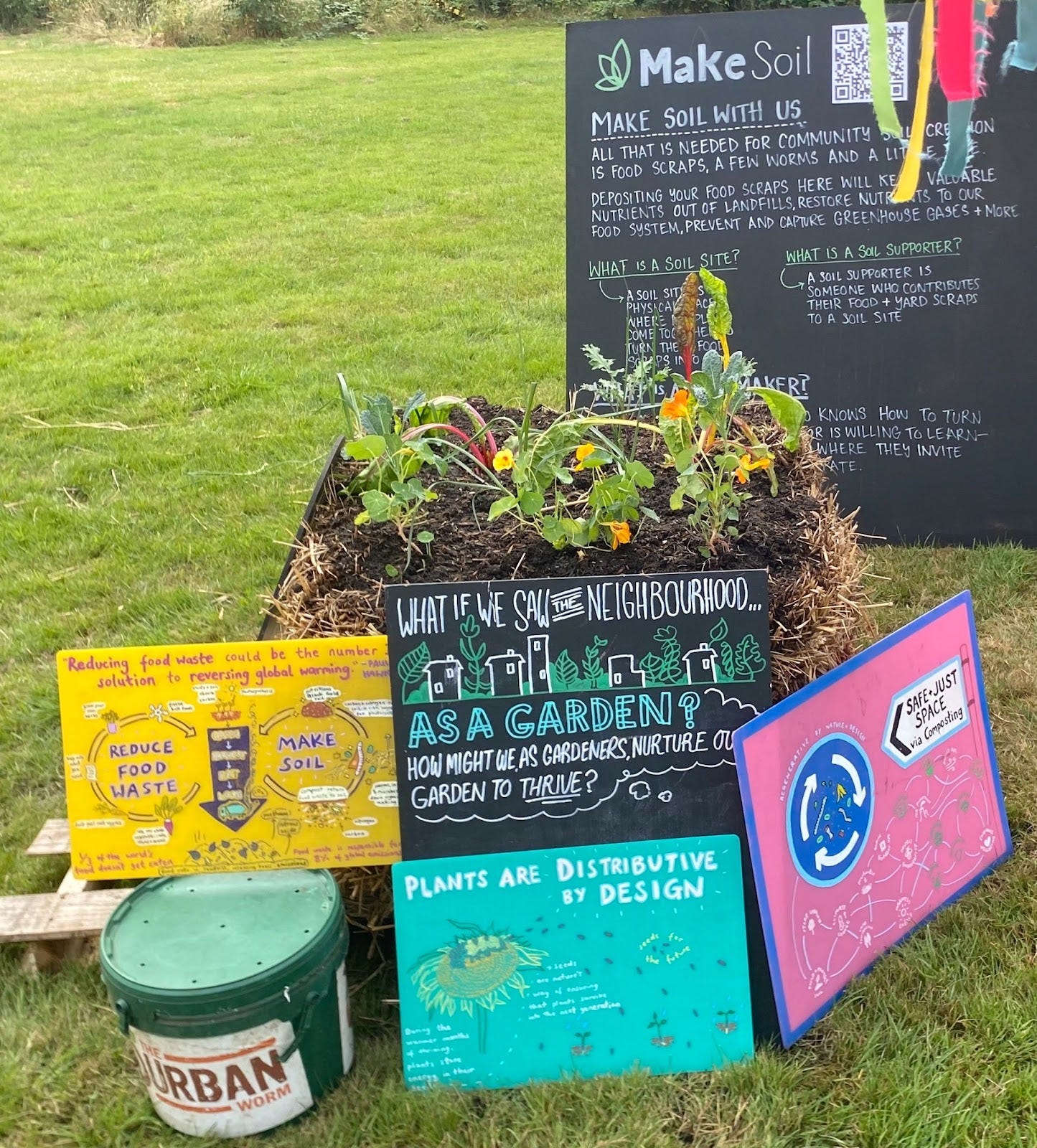
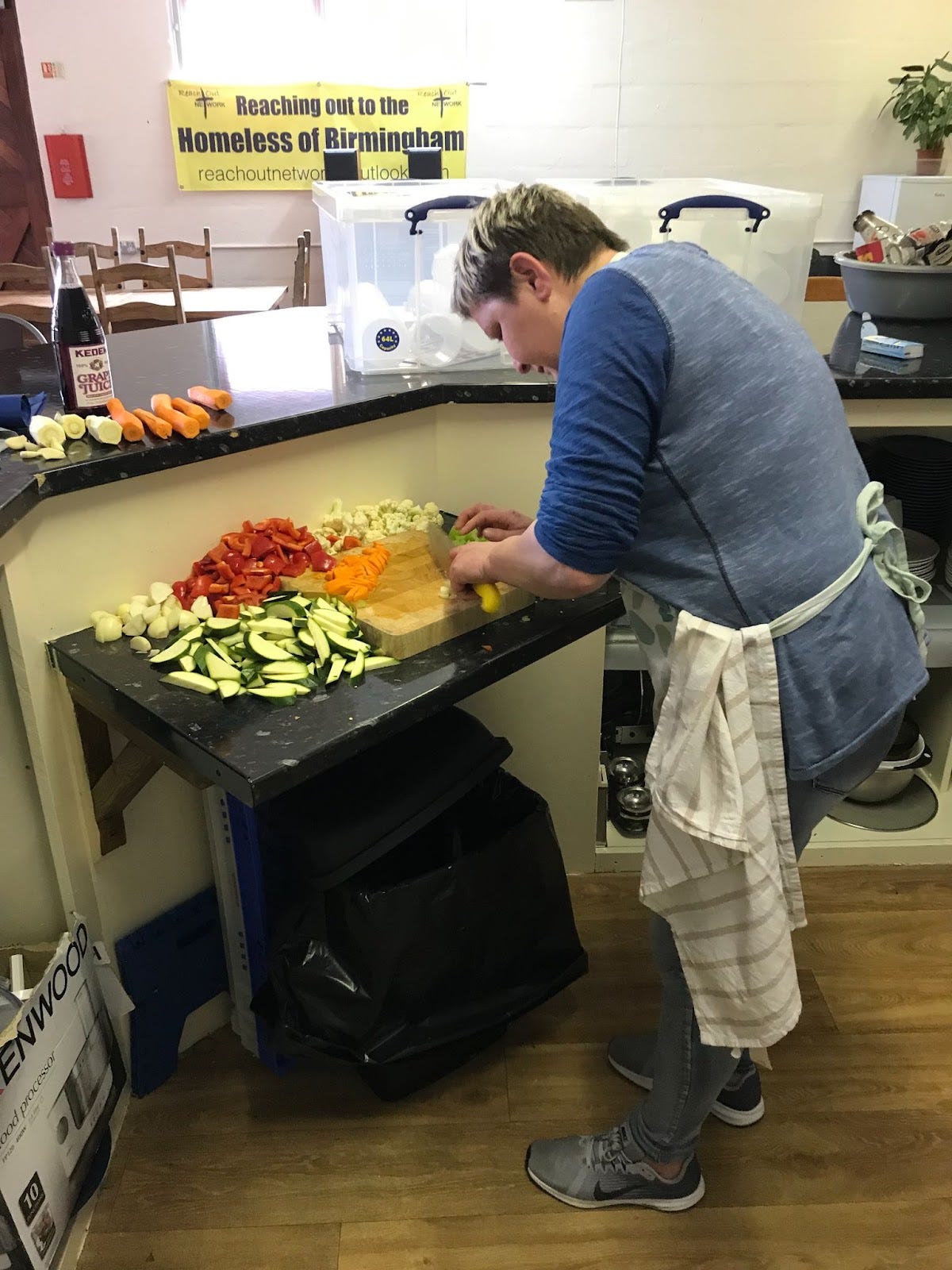
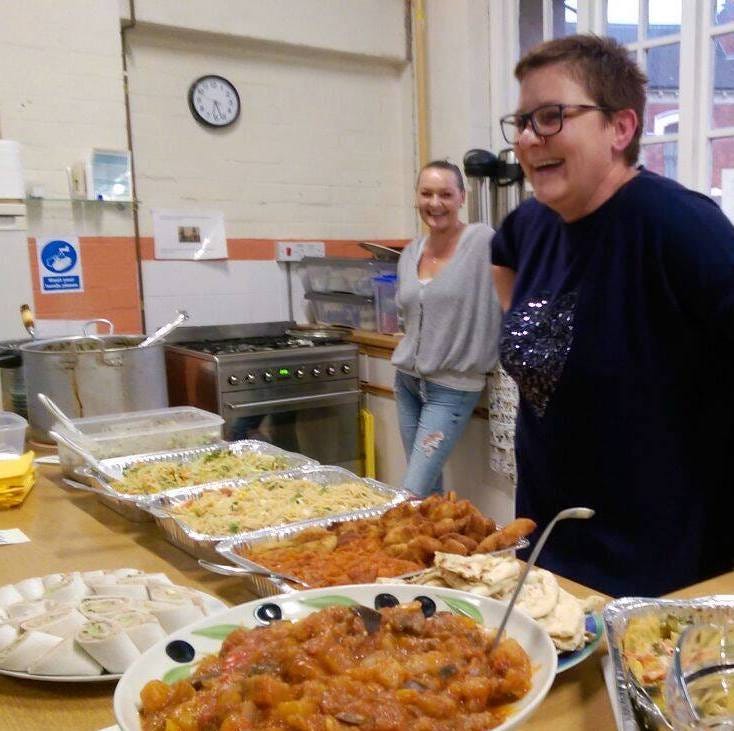
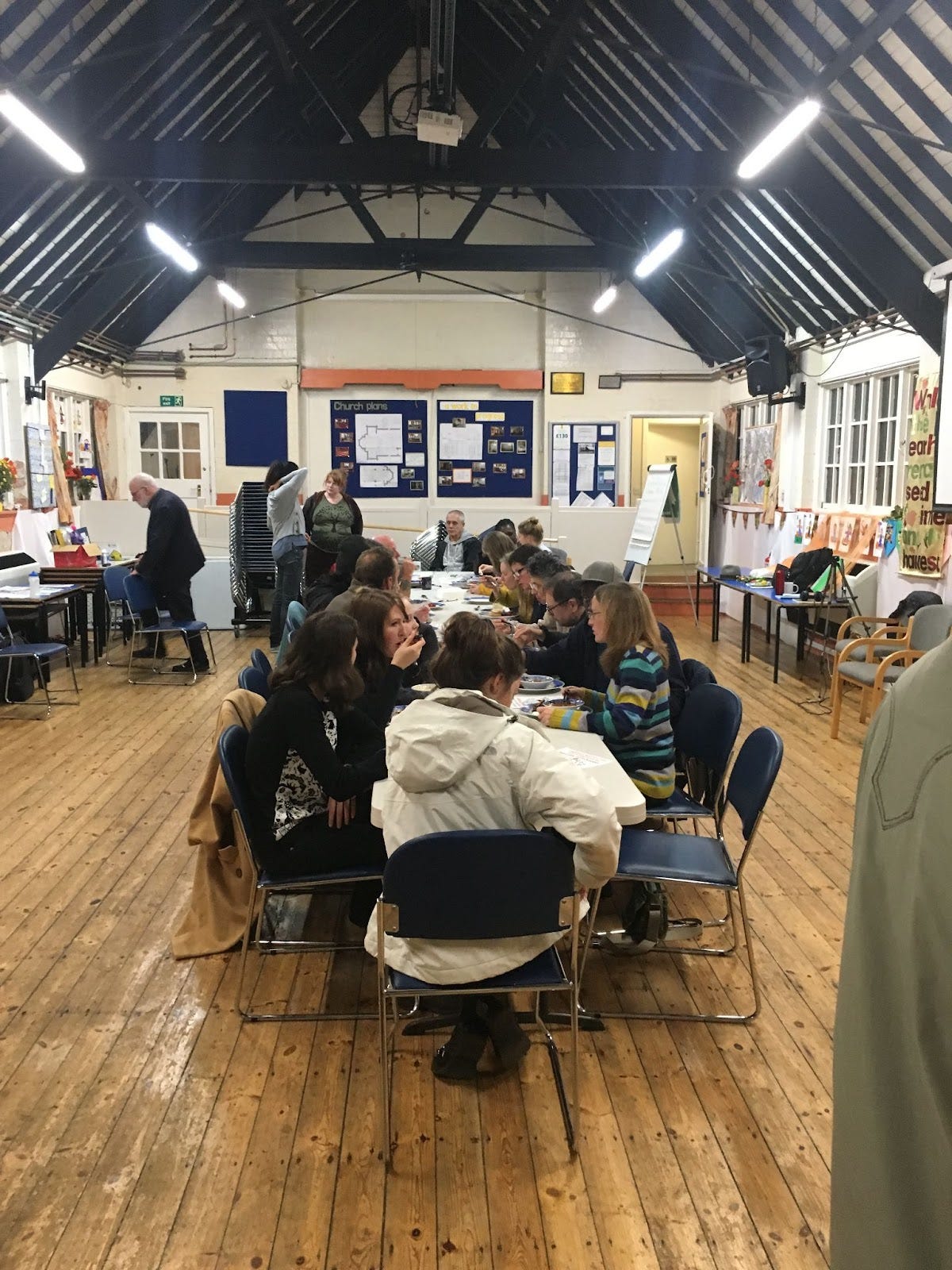



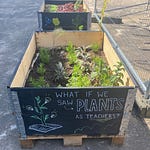

Share this post